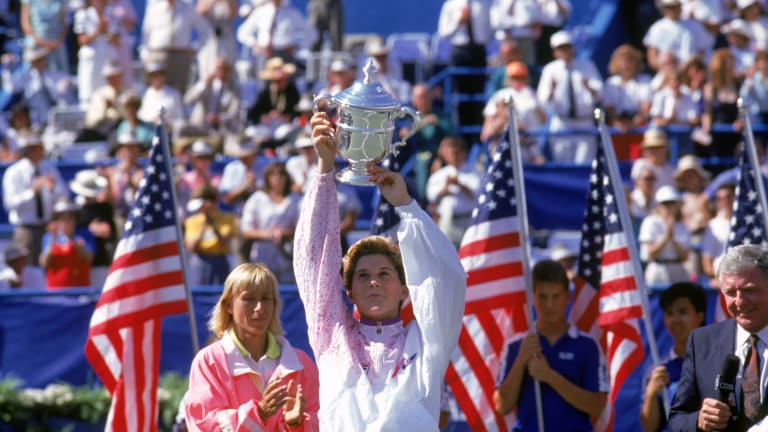Pressure Points
Monica Seles: The Woman to Play for the Earth
By Jan 12, 2022Pressure Points
Pancho Gonzales: The Man to Play for the Earth
By Jan 12, 2022Pressure Points
Pressure Points: Inside the toughest matches for Serena, Federer, Nadal, Osaka and Djokovic
By Jan 12, 2022Social
Dominic Thiem ‘loves’ watching Jakub Mensik and Joao Fonseca
By Apr 16, 2025ATP Munich, Germany
Ben Shelton: European football's newest superfan? Lefty making most of Munich debut
By Apr 15, 2025ATP Barcelona, Spain
Casper Ruud, Stefanos Tsitsipas open Barcelona bids in quest to halt further ranking slides
By Apr 15, 2025Tennis.com Interview
Jan-Lennard Struff sees Munich title defense bid as 'perfect opportunity' to turn 2025 around
By Apr 14, 2025Stat of the Day
Andrey Rublev storms to 100th ATP 500 win of career with opening victory in Barcelona
By Apr 14, 2025ATP Monte Carlo, Monaco
Monte Carlo takeaways: Alcaraz wins by playing for himself, one-handed backhands hold firm
By Apr 14, 2025Lifestyle
Alexandra Eala: The reality of travel and difficulty of securing visas with a Philippine passport
By Apr 14, 2025Pressure Points
Monica Seles: The Woman to Play for the Earth
In part two of our out-of-this-world series, the former world No. 1 is tasked with putting her famed mental strength to the ultimate test.
Published Jan 12, 2022
Advertising
Advertising

Seles won back-to-back US Open titles in 1991 and 1992.
© 1991 Getty Images